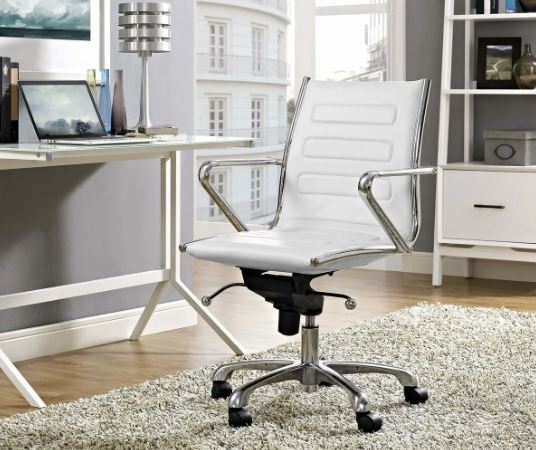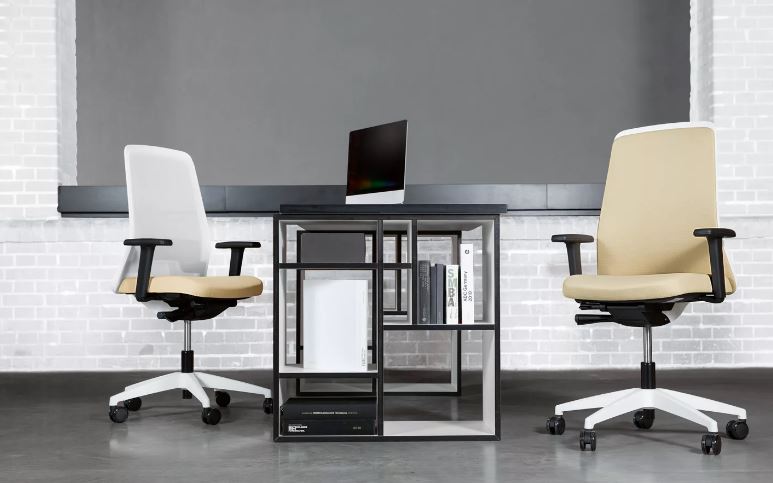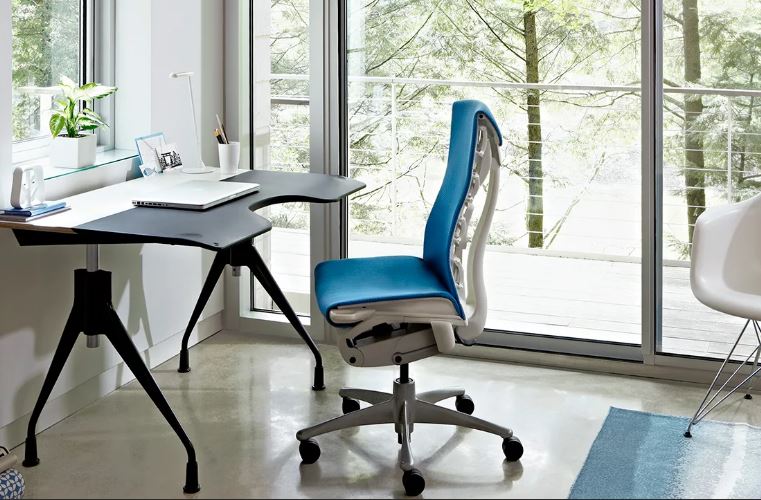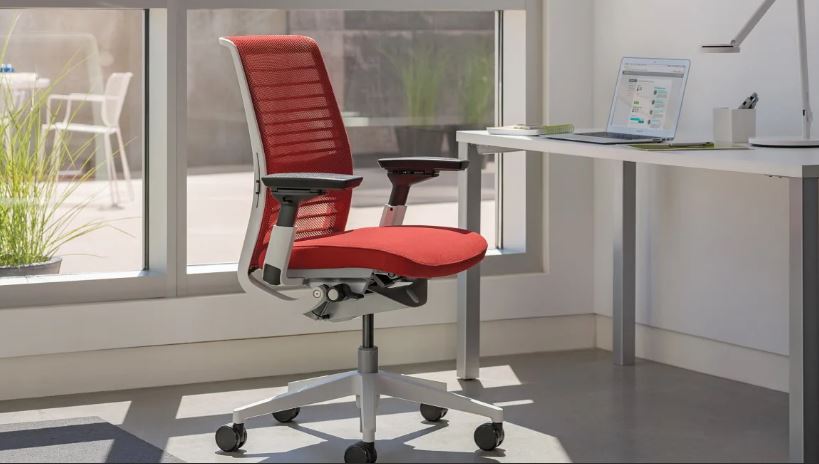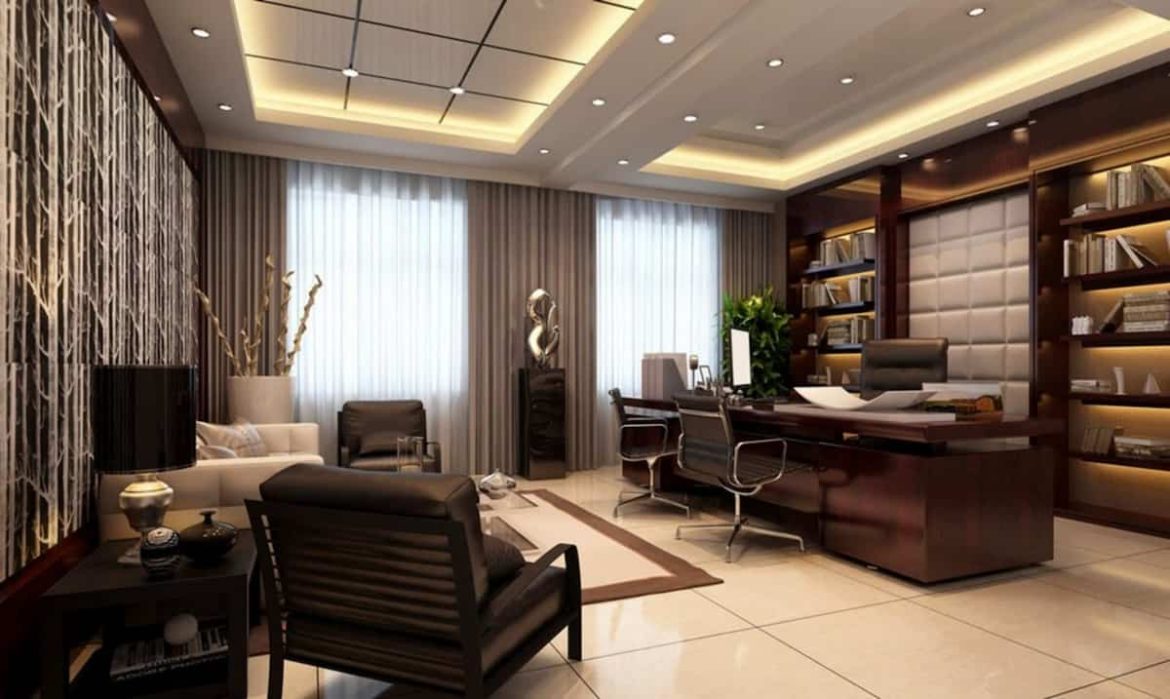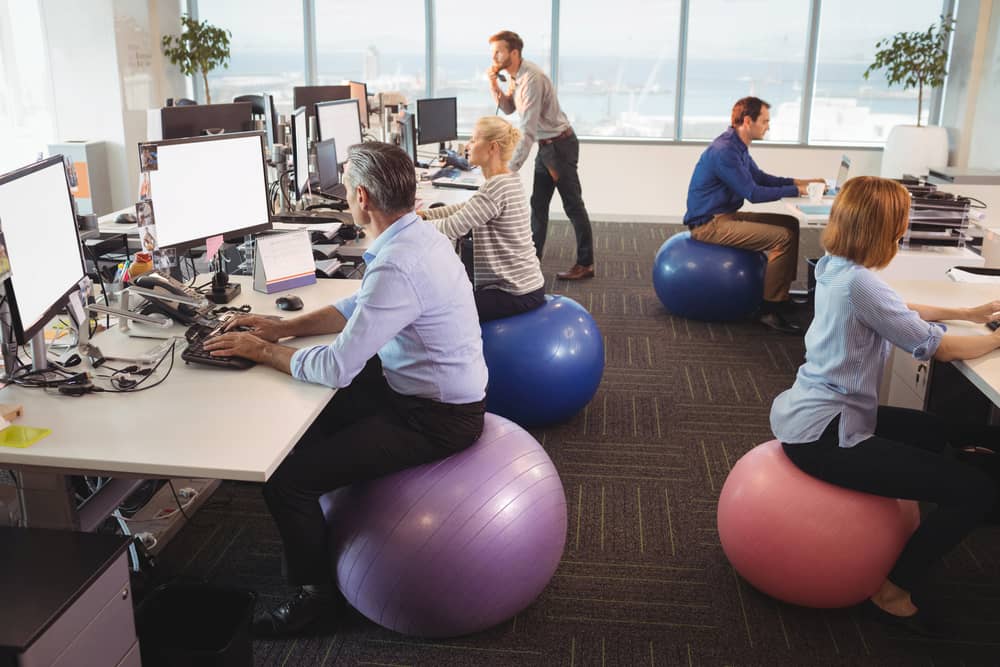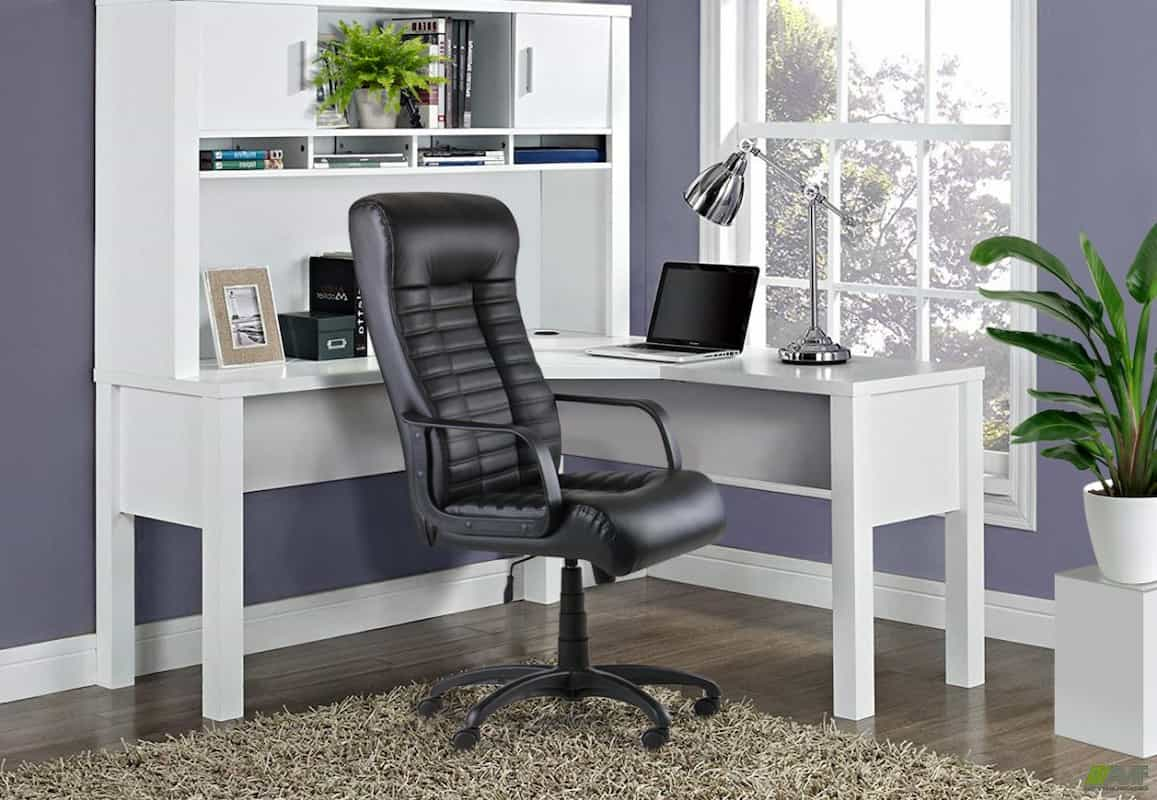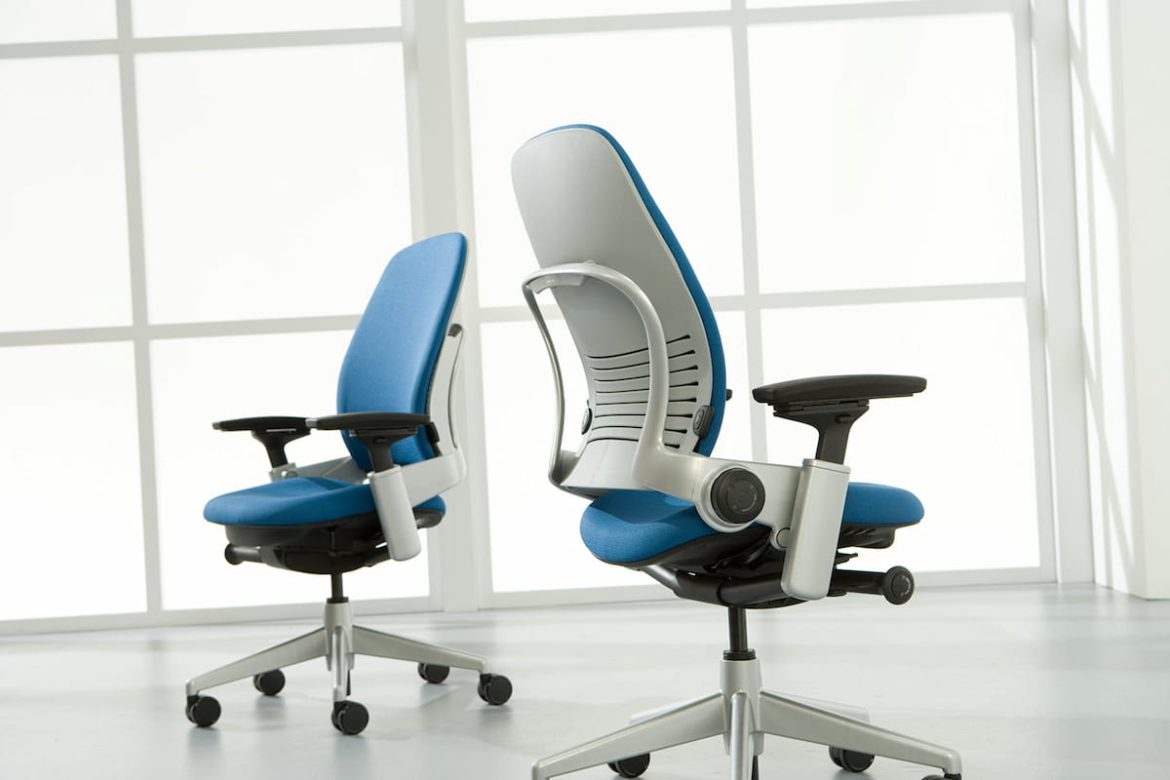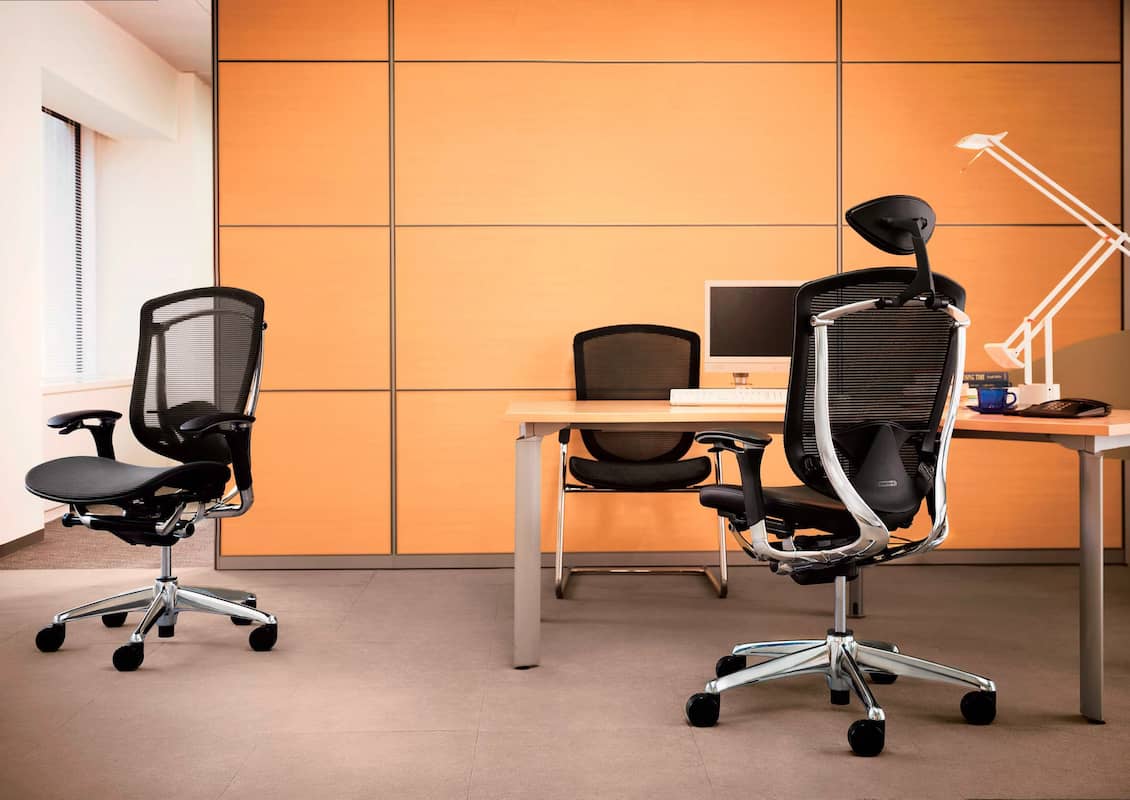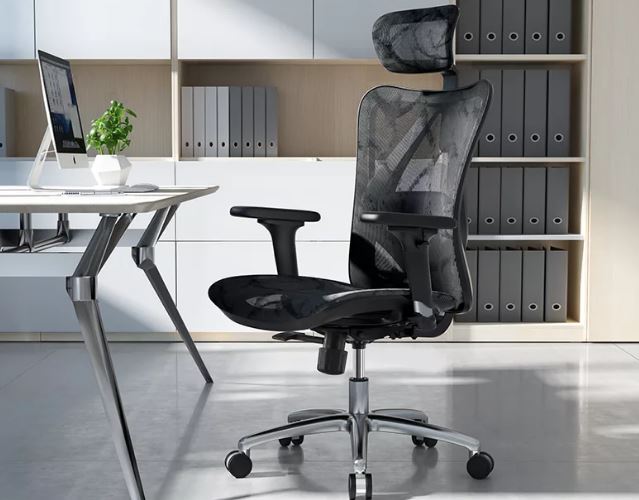Most people can look at an office desk and its designs and instantly determine what type of professionals are working behind it, which makes it elegant in different ways for sale.
A large ornate desk could house a lawyer or politician. Architects and graphic designers sometimes use glass drafting desks.
An oversized stone office could be the home of a young entrepreneur or a power-hungry executive. There are tons of styles and types to choose from, and they all say something about the person sitting behind them.
How to choose an office
The first thing to think about when choosing a desk is determining the type of look you are aiming for. Is it modern and contemporary or glamorous and historic? What do you plan to do at your office? How does it work, and what tools are there?
The desk is often the focal point of the office. It’s important to choose a desk that complements the decor and design of your room and reflects your style.
Of course, many companies leave their employees no choice when it comes to buying a desk, but if you are self-employed, one of the many advantages is being able to furnish your office.
There are a few things to consider.
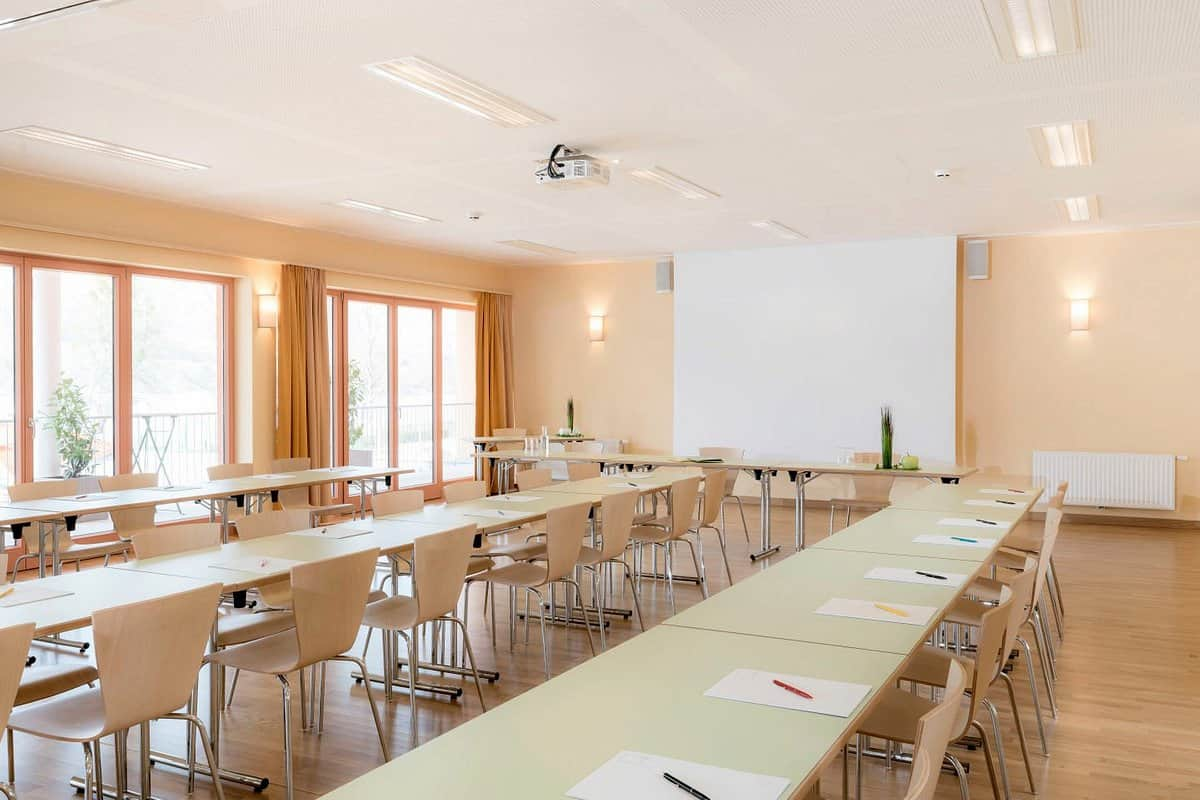
- Office Style
Fancy something modern, vintage or unique?
- Your work
Do you really spend most of your time writing notes or typing on your computer? to draw?
- Storage
What are your storage needs, what do you plan to keep on your desk, and how much workspace do you need?
- Are you messy or tidy?
Do you pile things on your desk or always look like you’re not in the furniture catalog? Just because your desk looks messy doesn’t mean you’re lazy or disorganized. It’s just that people work differently. It is important to know how much space you will need.
- Office space
An important point when choosing a desk is the space you have in the room. You want a desk that works well and blends into its surroundings. Having an oversized table in a small shared office seems silly. Consider the size and choose the type of desk based on where you place it.
- Interior
If you work in an open, modern environment like Google, you probably don’t need a big oak desk in an antique store. Consider the environment when choosing a desk, and make sure it fits the room. If all of your furniture is black laminate, choosing natural wood may seem out of place.
- How many hours a day do you sit?
Anyone who sits at a desk for more than two hours a day needs an ergonomic office chair. On top of that, humans aren’t designed to sit, so if you are sitting for long periods of time, you might want to consider a height-adjustable desk. An adjustable desk is a better fit for your body. But it can also help you be more productive.
- Price
Price is an important factor when buying a desk. Desk prices range from less than $100 to thousands of dollars. If you have a specific style in mind, it may be worth buying. When I purchased a desk, I struggled to find the style I wanted for less than a few thousand dollars.
It is often worth buying vintage or barter services to save money. Craigslist et al. With great options, just do your homework, know which brands to look for, and arrange transportation.
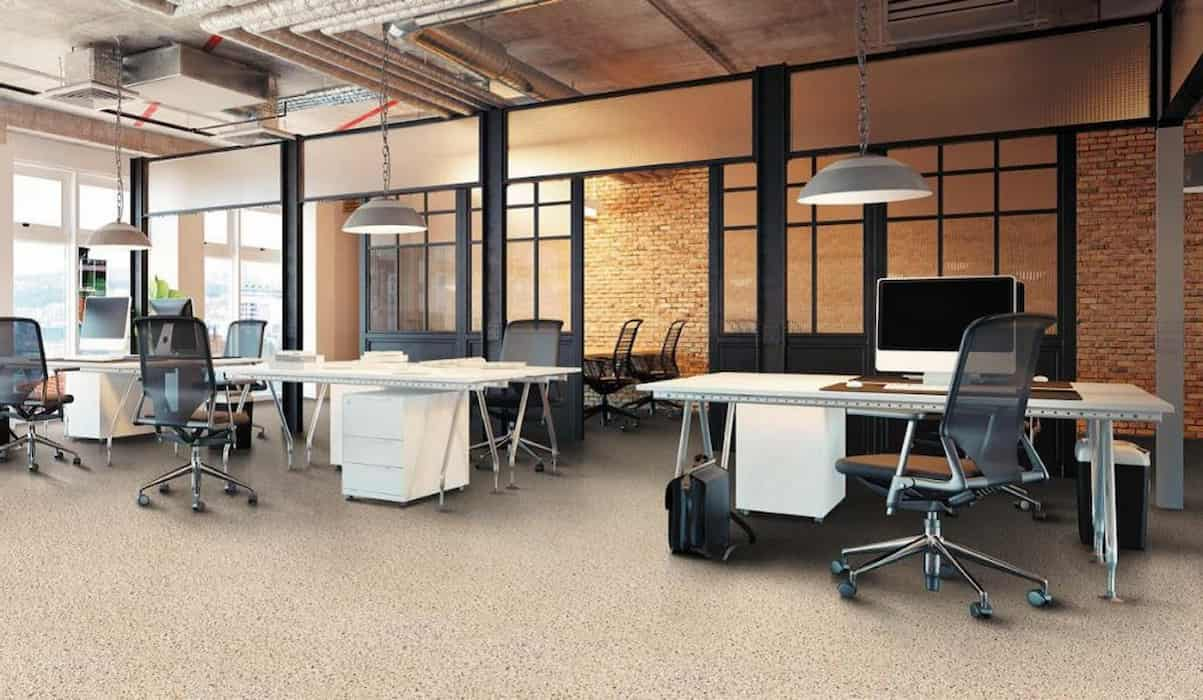
- Quality
It makes no sense to buy a desk that has to be replaced every year. Investing in a quality desk is well worth the extra money because a quality desk can last for decades or even centuries. On the other hand, if budget and money are an issue, you can easily find inexpensive particleboard desks at places like Ikea and Walmart.
Desk Types and Styles
Mazarin office
The Mazarin desk was a very lavish and stately desk usually reserved for nobility in the 17th century and was a French design often used today by those who covet the style and decoration of Louis XIV style design.
They are usually very ornate and repeatedly decorated with ball parquet. It is named after Cardinal Jules Mazarin, who was King Louis’ regent in the mid-1600s.
Chevelle
Often referred to as a women’s desk, the Chevere is a delicate medium used for writing. There is a recessed cabinet above and a small writing table with one or two drawers below.
They were originally developed in France but were most popular during the Victorian and Edwardian eras in England. Ideal for gentlemen.
sofa desk
A Davenport is a small table with a slanted or sliding top and rows of drawers along the sides. One side of the desk is often a drawer, while the other side is usable.
The first Davenport was custom designed for Captain Davenport by British furniture maker Guillou. Often known as a ship’s desk, it was very popular in English country homes and today is often used in the same way as a Chevere.
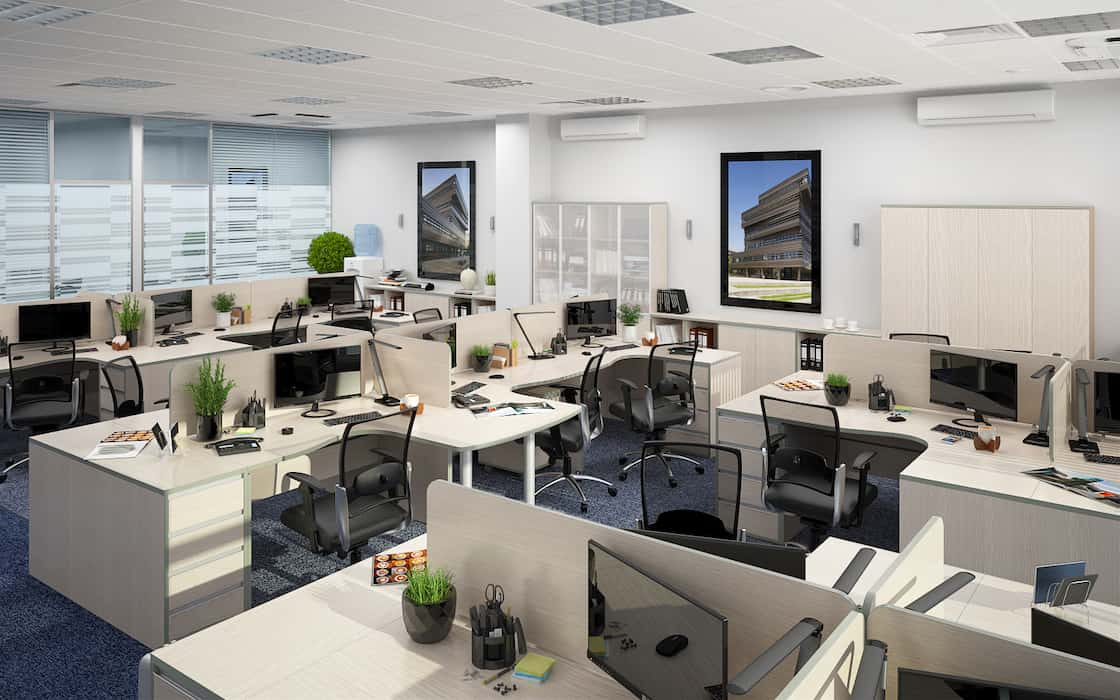
writing desk
At first glance, the escritoire looks like a chest or a case, but when opened, the slanted top turns into a small writing table. Developed for correspondence, this desk is not very popular today.
Most people who purchase similar furniture for small spaces choose styles that can accommodate a computer. However, those who still believe in the feeling of handwriting may choose to keep an escritoire in their study to house stationery and fine writing instruments.
Lap-hole desk
The first type of the popular executive desk, the knee-hole desk, was invented in England at the dawn of the 18th century. The desk has a flat surface supported by two rows of drawers that provide independent space between them for the user’s knees.
Partners Office
Partner desks come in many shapes and styles but were originally designed for use in a bank where two bankers share the same desk and sit across from each other.
Today, many executives use these large desks for themselves. Most of these desks have drawers in the front and back of the desk, open lap holes on either side and rows of drawers that support a large, flat writing surface.
Angled reception
The angled workspace opens and stores under the writing surface. Many people appreciate the nostalgia and charm of these desks, but they have little real value because to access the storage, you have to clean everything off your work surface.
Owning these desks today Most people buy this as an accent in their home and rarely use their desks.
